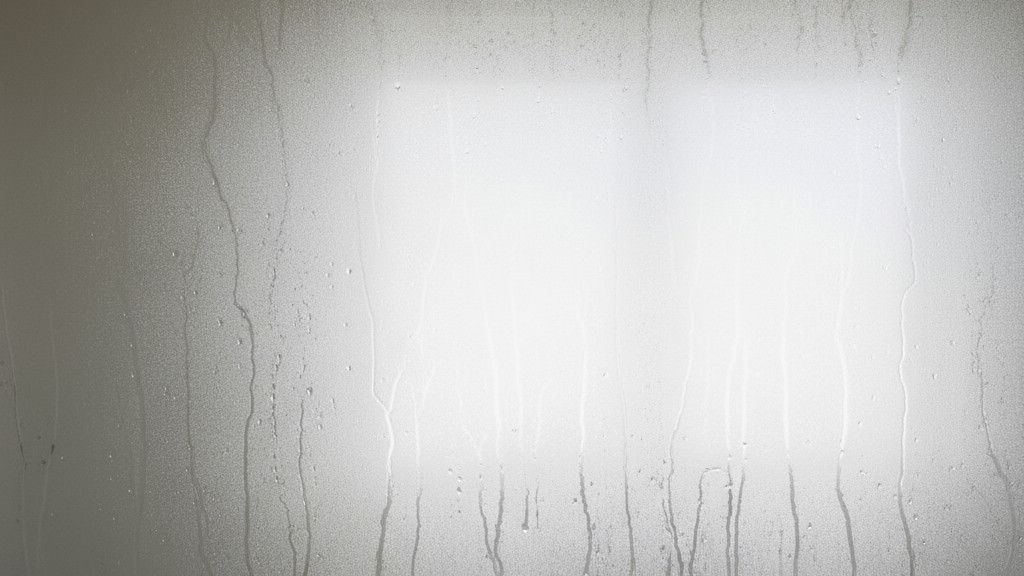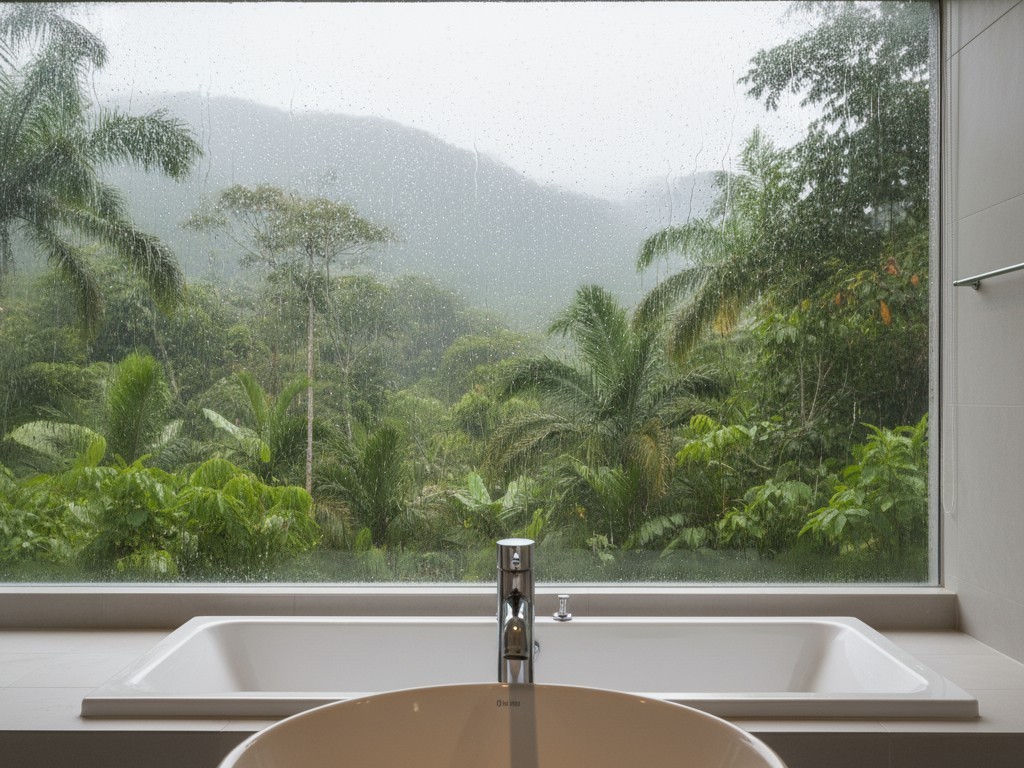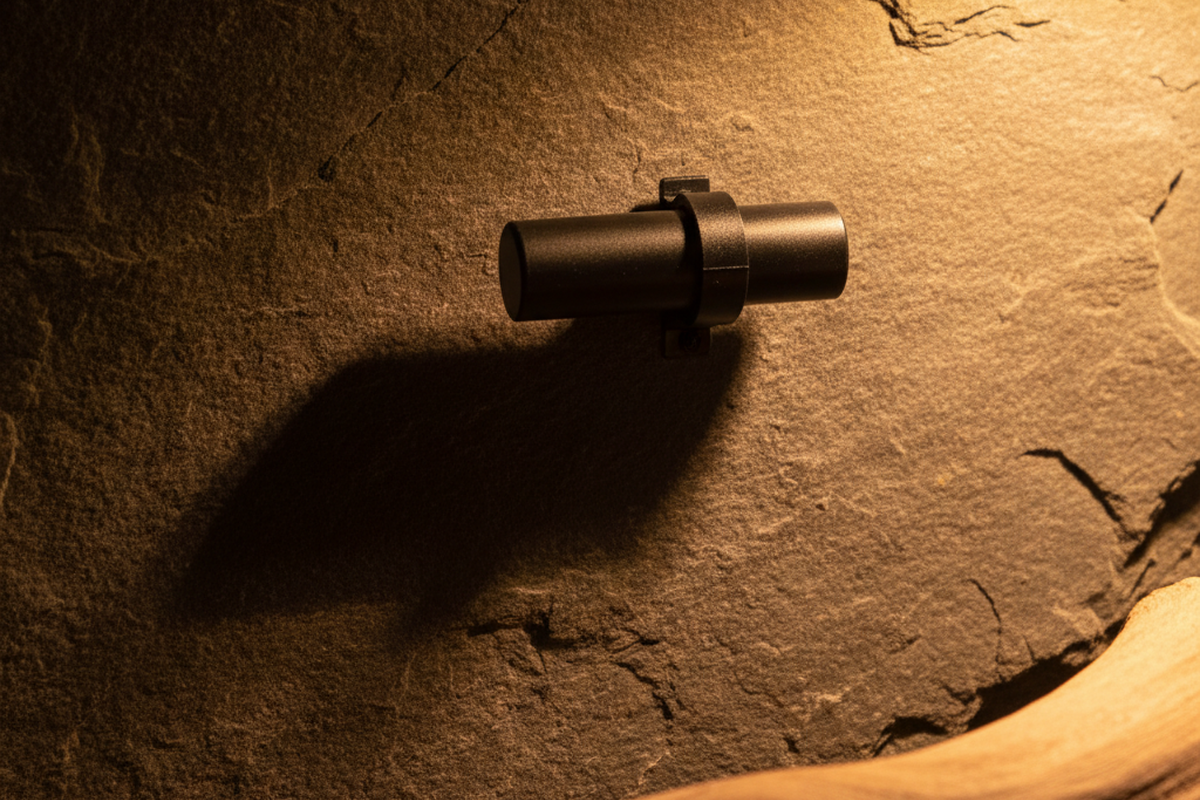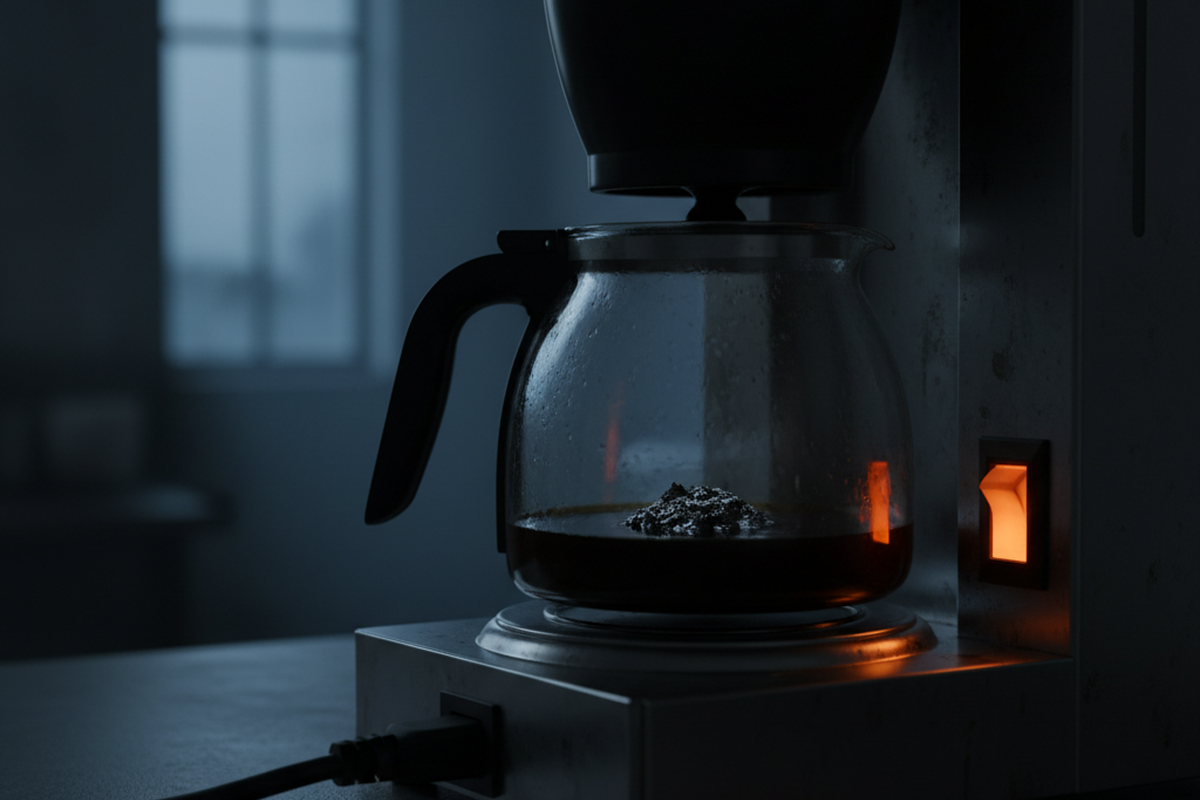A bathroom fan with a humidity sensor seems like the perfect solution. It promises to activate precisely when you shower, run just long enough to clear the steam, and then shut itself off. The logic is airtight: showers create humidity, sensors detect it, and the fan removes it. It’s an elegant, automated loop.

Except it often doesn’t work. In the real world, humidity-based controls are surprisingly unreliable. Fans stay silent during odor-only bathroom visits. They fail to trigger after a hot shower in a dry climate. They shut off too quickly in a small powder room. The ideal of a perfectly calibrated, moisture-aware fan consistently fails the test of everyday life, forcing a reconsideration of what makes a ventilation system truly effective.
For most homes, a simpler approach is far more dependable: occupancy-based control with a post-run timer. This strategy trades the theoretical precision of a sensor for the practical certainty of human presence. When someone enters the bathroom, the fan runs. When they leave, a timer keeps it running for a set period. It’s predictable, climate-independent, and handles both moisture and odor without having to measure either. While humidity sensing has its niche, occupancy control is the superior default strategy.
How the Two Strategies Work
The two approaches operate on entirely different triggers and assumptions. One reacts to environmental change, while the other responds to human action.
Get Inspired by Rayzeek Motion Sensor Portfolios.
Doesn't find what you want? Don't worry. There are always alternate ways to solve your problems. Maybe one of our portfolios can help.
Humidity Sensing: A Reactive Guess
A humidity sensor measures the relative humidity (RH) in the surrounding air—the amount of water vapor present compared to the maximum the air could hold at that temperature. The fan is triggered in one of two ways. Threshold triggering activates the fan when RH crosses a preset level, typically 50-70%. Delta triggering responds to a rapid rate of change, like a 10% RH increase in five minutes.
In either mode, the system is purely reactive. It waits for a significant moisture spike from a shower or bath, runs until the humidity drops back below the threshold, and then shuts off. It assumes that a measurable change in humidity is the only valid reason for ventilation.
Occupancy Control: An Event-Driven Certainty

Occupancy control relies on a motion or presence sensor. When you enter the bathroom, the fan turns on immediately and runs as long as you’re there. The critical component is the post-occupancy timer. When you leave, the sensor detects your absence and starts a countdown, typically 10 to 20 minutes. The fan continues to run for this entire duration, ensuring a complete air exchange that removes both moisture and odor.
This behavior is deterministic. Presence guarantees activation; departure guarantees a thorough post-run. The system doesn’t interpret environmental data. It assumes every bathroom visit warrants ventilation and delivers it with mechanical consistency.
Where Humidity Sensing Breaks Down
The clean logic of humidity sensing conceals common failure modes. These aren’t rare malfunctions but predictable outcomes rooted in the physics of air and the patterns of daily life.
The Dry Climate Trap
Relative humidity is just that—relative. In an arid climate where baseline indoor humidity might be just 15%, a steamy shower can fog the mirror without ever pushing the RH past the sensor’s 50% trigger threshold. The bathroom might feel damp, but the absolute humidity change isn’t enough to register. Even a delta-based sensor might miss the event if the rise is too gradual. In climates where the ambient humidity rarely exceeds 40%, a standard humidity sensor becomes little more than a ceiling ornament.
The Small Bathroom Problem
In a small powder room, the limited air volume means moisture from handwashing or a quick shower can cause a rapid humidity spike. But that small volume also means the room equilibrates just as quickly. Air exchanges with the hallway under the door, and moisture diffuses into wall surfaces. The humidity spike can rise and fall before a sensor with conservative settings even registers it as an event worth addressing. The result is inconsistent performance, eroding any trust in the system.
Odor Is Not Moisture
The most fundamental flaw is categorical: a humidity sensor cannot detect odor. A bathroom visit that generates no steam produces no meaningful change in relative humidity. The sensor sees nothing, the fan stays off, and the odor lingers. Since odor control is a primary reason people want a bathroom fan, a system that is blind to this problem is fundamentally inadequate.
Looking For Motion-Activated Energy-Saving Solutions?
Contact us for complete PIR motion sensors, motion-activated energy-saving products, motion sensor switches, and Occupancy/Vacancy commercial solutions.
Why Occupancy Control Is More Reliable
Occupancy control sidesteps these issues by abandoning environmental measurement altogether. Its logic is simple and sound: if someone used the bathroom, ventilation is necessary.
This approach just works, everywhere. A home in Phoenix with 12% baseline humidity gets the same reliable fan operation as one in New Orleans with 65% humidity. The system is immune to climate because it responds only to a universal constant: human presence. It covers both moisture and odor comprehensively, because the post-run timer is set long enough to cycle the room’s air multiple times. A 15-minute run in a standard bathroom with an 80 CFM fan will exchange the entire volume of air three times over—more than enough to clear steam and smells.
The key is setting the timer correctly. A small powder room might only need 10 minutes, while a standard bathroom benefits from 15-20 minutes. Most occupancy controls have adjustable timers, allowing you to tune the run time to your specific needs.
Finally, the system is predictable. You know what it will do every time. It turns on when you enter and runs for a set time after you leave. There’s no mystery, no second-guessing if the conditions were “right.” This consistency builds trust and lets you forget about the fan entirely, because it behaves the same way every time.
When Humidity Sensing Still Makes Sense
Despite its flaws, humidity sensing excels in a few specific scenarios where its adaptive nature becomes an advantage.
Chronically Humid Climates

In coastal regions or areas with high annual rainfall, indoor humidity can consistently hover above 50-60%. Here, the low-baseline problem inverts. A shower will easily push the RH past a 70% threshold, making the sensor highly reliable. In this environment, a fixed 15-minute timer from an occupancy sensor might not be enough to bring the elevated humidity back to a safe level, increasing mold risk. A humidity sensor, however, will continue running until the job is done, providing a crucial adaptive response.
Shared or Commercial Bathrooms
In a multi-stall public restroom or a gym locker room, occupancy sensing is impractical. A motion sensor might never detect a true vacancy, causing the fan to run nonstop, or it might shut off while someone is in a stall outside its view. Here, humidity sensing or simple continuous ventilation is a better fit, as it can respond to the aggregate moisture load from multiple users.
Choosing the Right Strategy
For the vast majority of homes, the choice is clear.
For most residential bathrooms: Occupancy control with an adjustable 15-20 minute timer is the most reliable choice. It works consistently in any climate, handles both odor and moisture, and is completely predictable. This is especially true for homes in arid or moderate climates and for any small-to-medium-sized bathroom.
Maybe You Are Interested In
For bathrooms in chronically humid climates: If your indoor RH is regularly above 50%, humidity sensing is a strong contender. The elevated baseline makes the sensor reliable, and its ability to run until the moisture is truly gone is a key advantage in preventing mold. A dual-mode system—triggering on occupancy but continuing to run based on humidity—offers the best of both worlds.
For large, complex bathrooms: A master bath over 100 square feet may benefit from a longer post-run timer (20-25 minutes) on an occupancy sensor, or a more sophisticated dual-mode controller.
The goal is to align the control strategy with the real-world conditions of the space. While humidity sensing offers a sophisticated, data-driven approach, it is a specialized tool that performs well only under specific conditions. Occupancy control is a general-purpose solution that sacrifices theoretical precision for practical reliability. In most bathrooms, reliability wins.



























